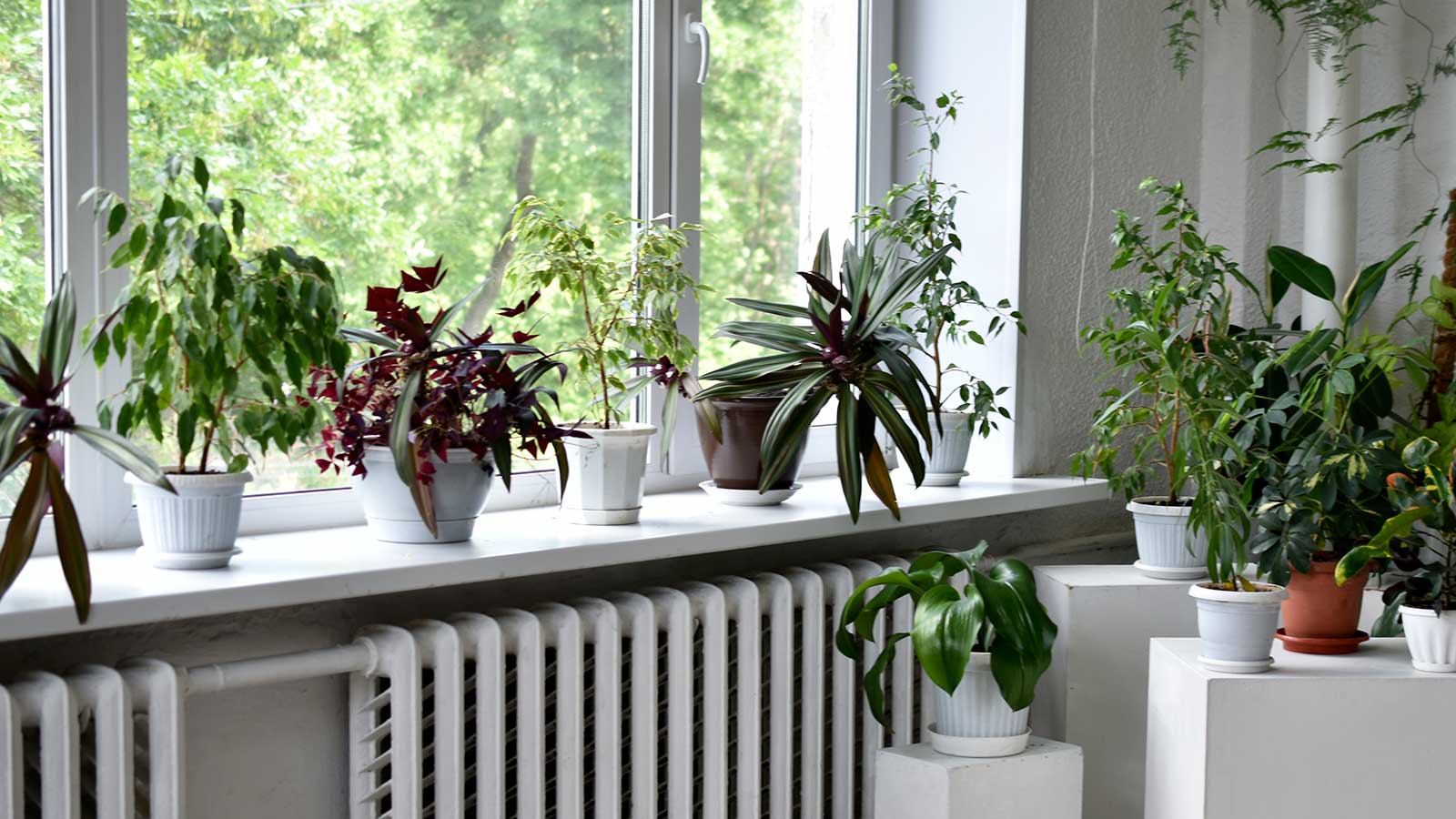
Q: Winter is approaching, and soon we will be putting on the central heating to keep our home cozy. Can this be harmful to houseplants? I invested in lots of new ones this year and they all seem to be growing well, so it would be a shame to accidentally damage them.
A: There are a few important points to bear in mind when caring for houseplants in winter. One of the most crucial is keeping the temperature around them as consistent as possible. Drafts – whether hot or cold – are never a good thing.
With many houseplant species hailing from tropical climes, you may think that turning up the heat will help see them through the colder months. However, this can be problematic – and even fatal. The issue mostly lies in the resulting lack of humidity; central heating makes the air drier, which can put stress on your precious plants. Too much heat nearby can also burn their leaves.
The good news is, there are a few things you can do to combat the effects of central heating on your plants, without sacrificing your own comfort.
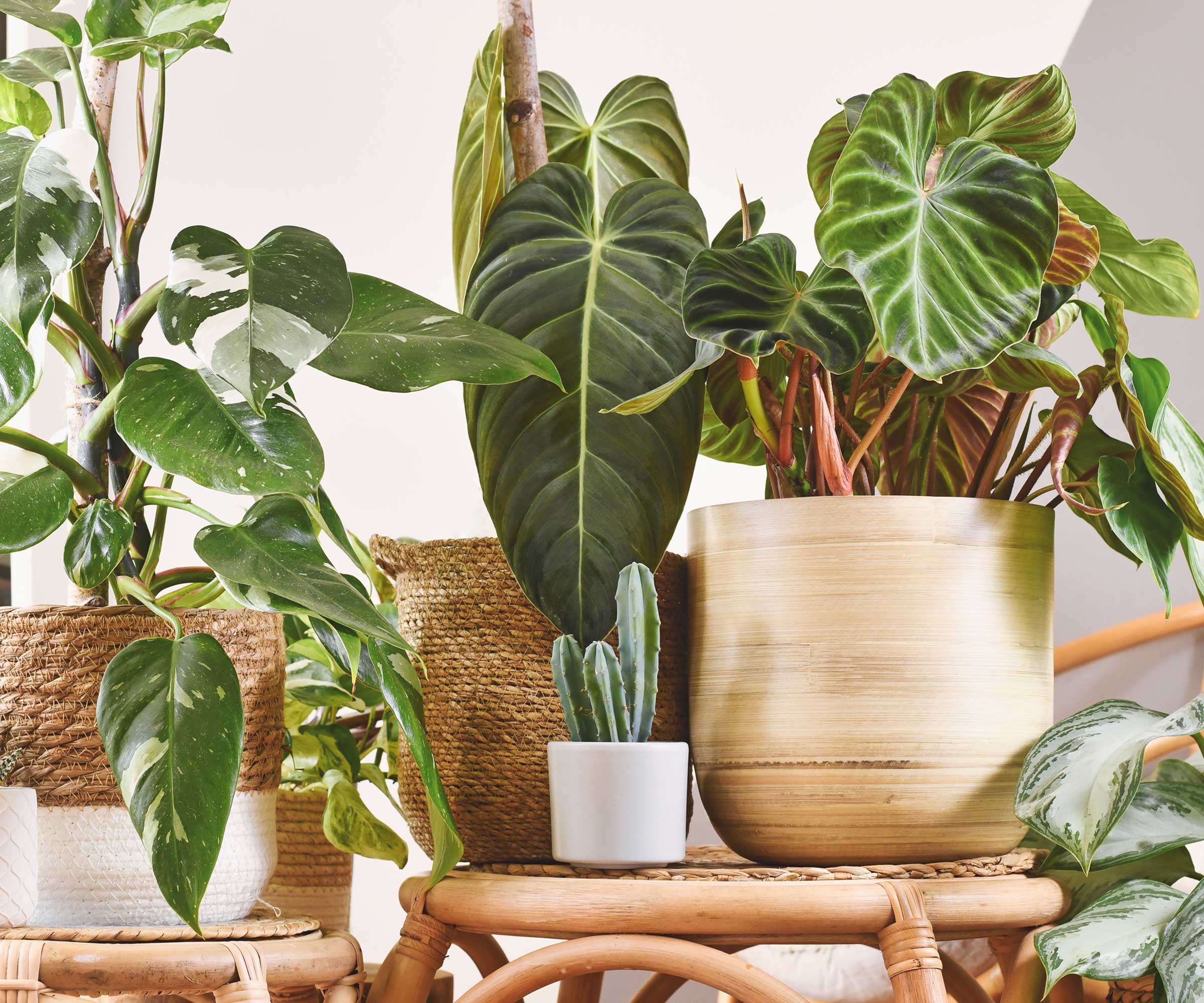
Protecting your plants from indoor heating
Whether you have lots of indoor plants or just a few, these tips will help you keep them in top health when the temperature outside drops.
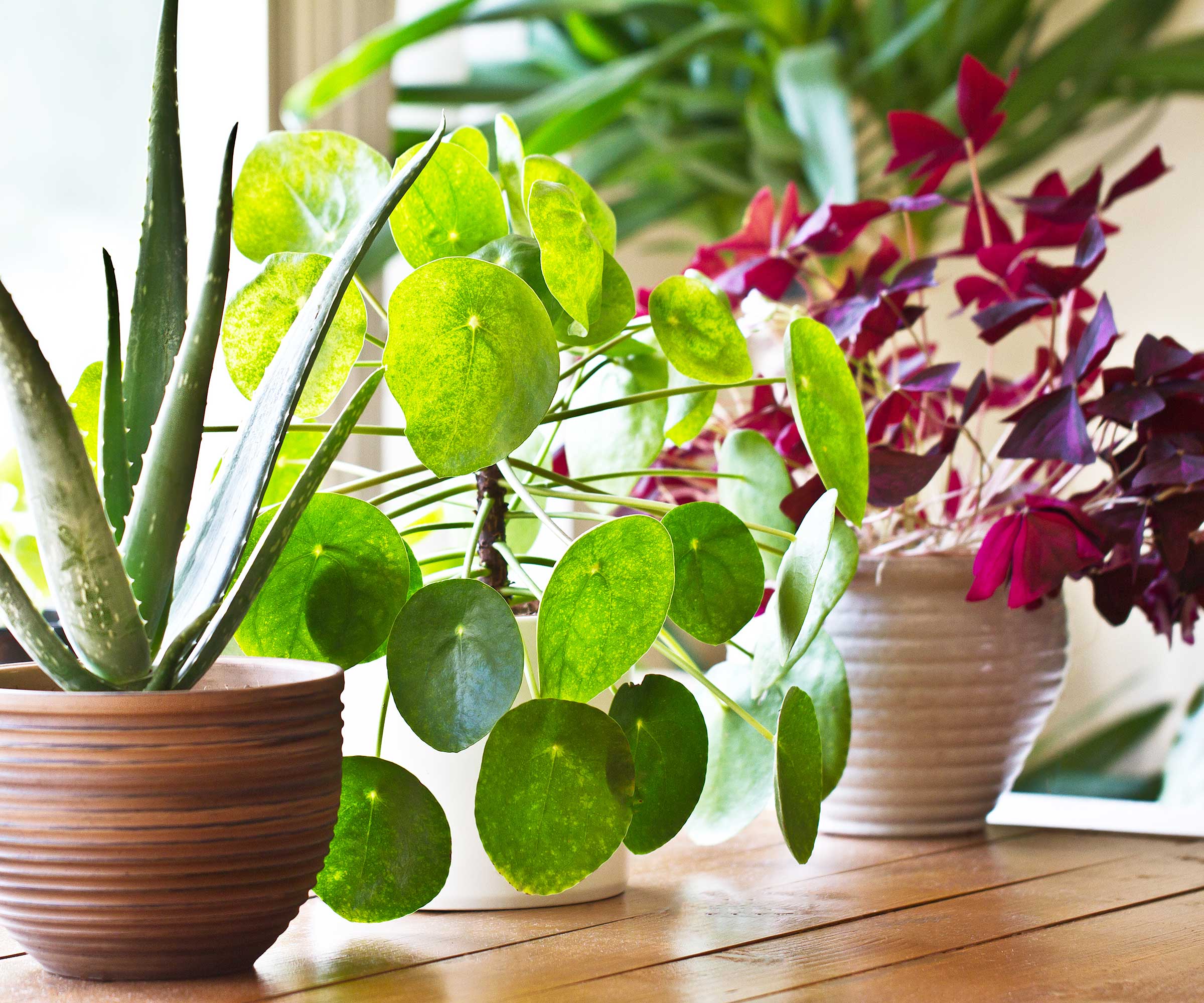
Protecting houseplants from underfloor heating
Underfloor heating on a cool and crisp morning may feel luxurious for us, but to houseplants, it can make their roots too warm, causing stress. Not to mention, if your floor gets very cold again when the heating is off, the dramatic fluctuation in temperature can shock them.
The simplest answer is to move your plants up and away from harm – perhaps onto a shelf, a table, or a dresser. You could also consider using a hanging plant pot (this contemporary, fiber-stone design from Anthropologie is suitably chic), suspended from a sturdy hook. Plant stands, such as this three-legged iron design from Terrain, are another stylish option.
If your plants are too large to position up high, then an alternative solution is to add some sort of buffer between the bottom of the pots and the floor, such as a thick cork mat.
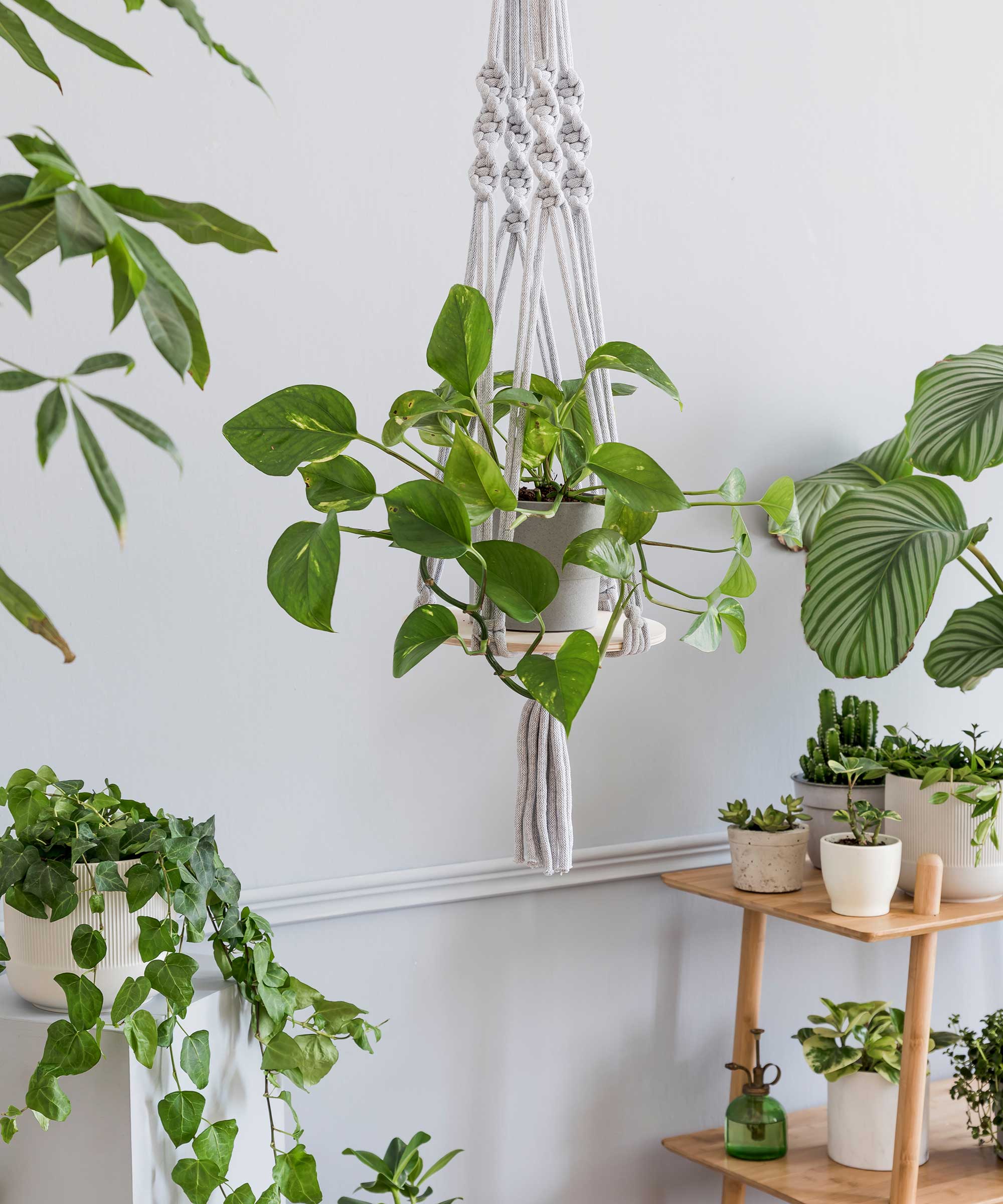
Protecting houseplants from fireplaces and radiators
A crackling fire is a wonderful addition to the home as the nights draw in, but any plants nearby will suffer from the intense heat.
The same goes for any plants near radiators. I once kept a handful of propagated spider plants on a radiator cover – they severely suffered, turning brown and limp, and had to be begrudgingly discarded as a result.
As a solution, keep your plants as far away as possible from such heat sources. If you can feel the heat with your hand, it's probably still too close.
As well as this, keep humidity in mind. Regularly misting your plants can help (this dotted glass mister from Terrain has a pretty design if you're looking for one to buy). But there are other ways to keep the environment optimal, too.
Kayla Gajdascz, the co-founder of Mental Houseplants, suggests grouping plants together to create a micro-environment with higher humidity. She also says you can use a humidifier: 'This is especially helpful in rooms with many plants.'
This compact, adjustable, and quiet cool-mist humidifier from Rosekm at Amazon is a popular choice.
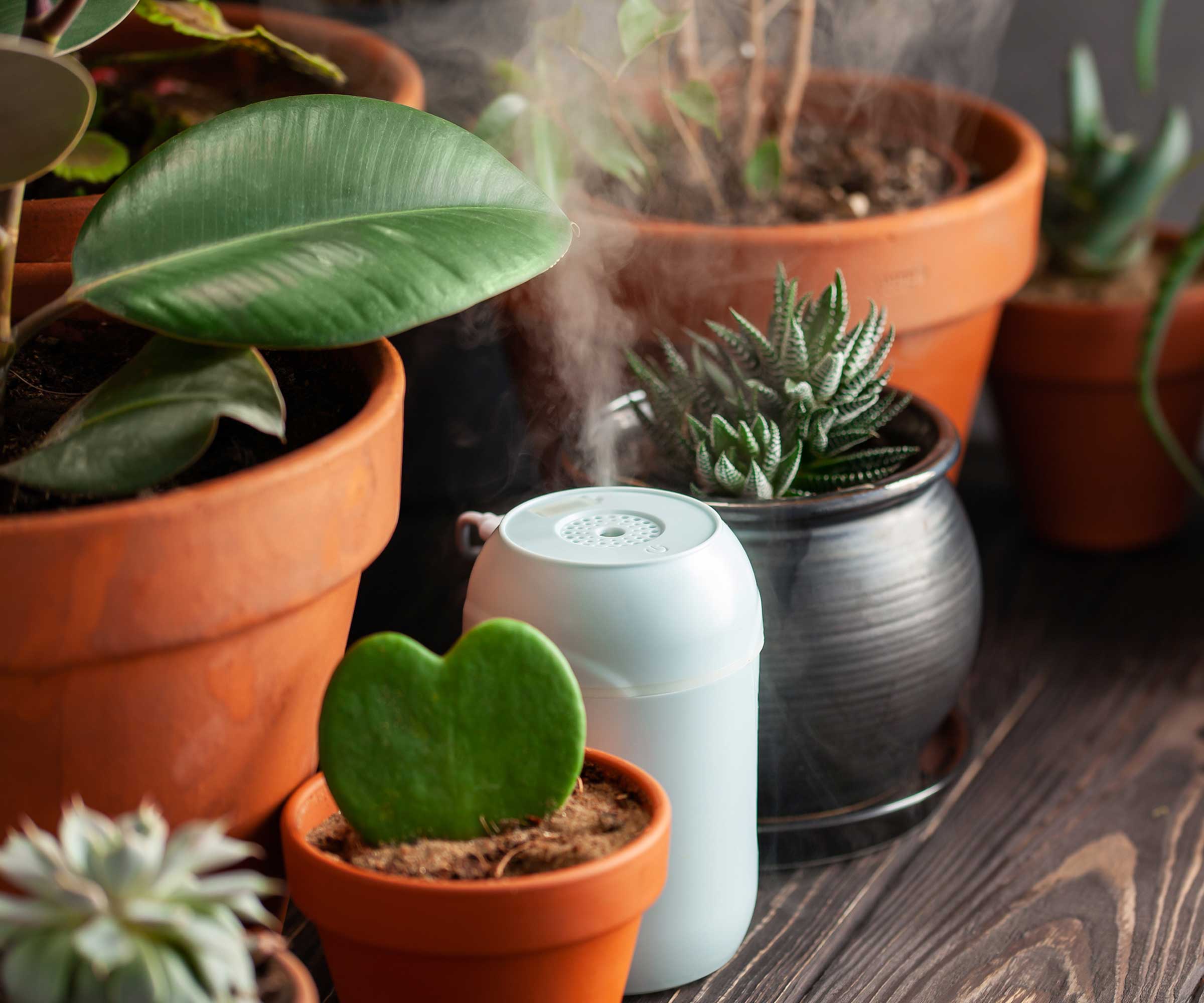
Alternatively, Kayla suggests placing a tray with water and pebbles under your plant pots. 'As the water evaporates, it increases the humidity around the plants. Ensure the pots are sitting on the pebbles and not in the water to prevent root rot,' she says.
'If your budget allows, an indoor greenhouse is also a safe and effective way to avoid drafts and dry air,' she adds. 'It helps keep humidity in and hot air out.'
Finally, if possible, you can move your plants to rooms with higher humidity levels. These include the bathroom or the kitchen, as suggests Vladan Nikolic, a houseplant expert. Just ensure the new spot has enough light for your plants to thrive.
Watering your houseplants correctly is also essential for their health. 'When you’re using central heating, your houseplants will lose water through their leaves more quickly, which means that you will need to water them more often,' Vladan says.
However, it's very important not to oversaturate the soil, as this can quickly harm your plants. 'Always check the soil with your fingers or a chopstick, and adjust the watering frequency accordingly,' Vladan advises.
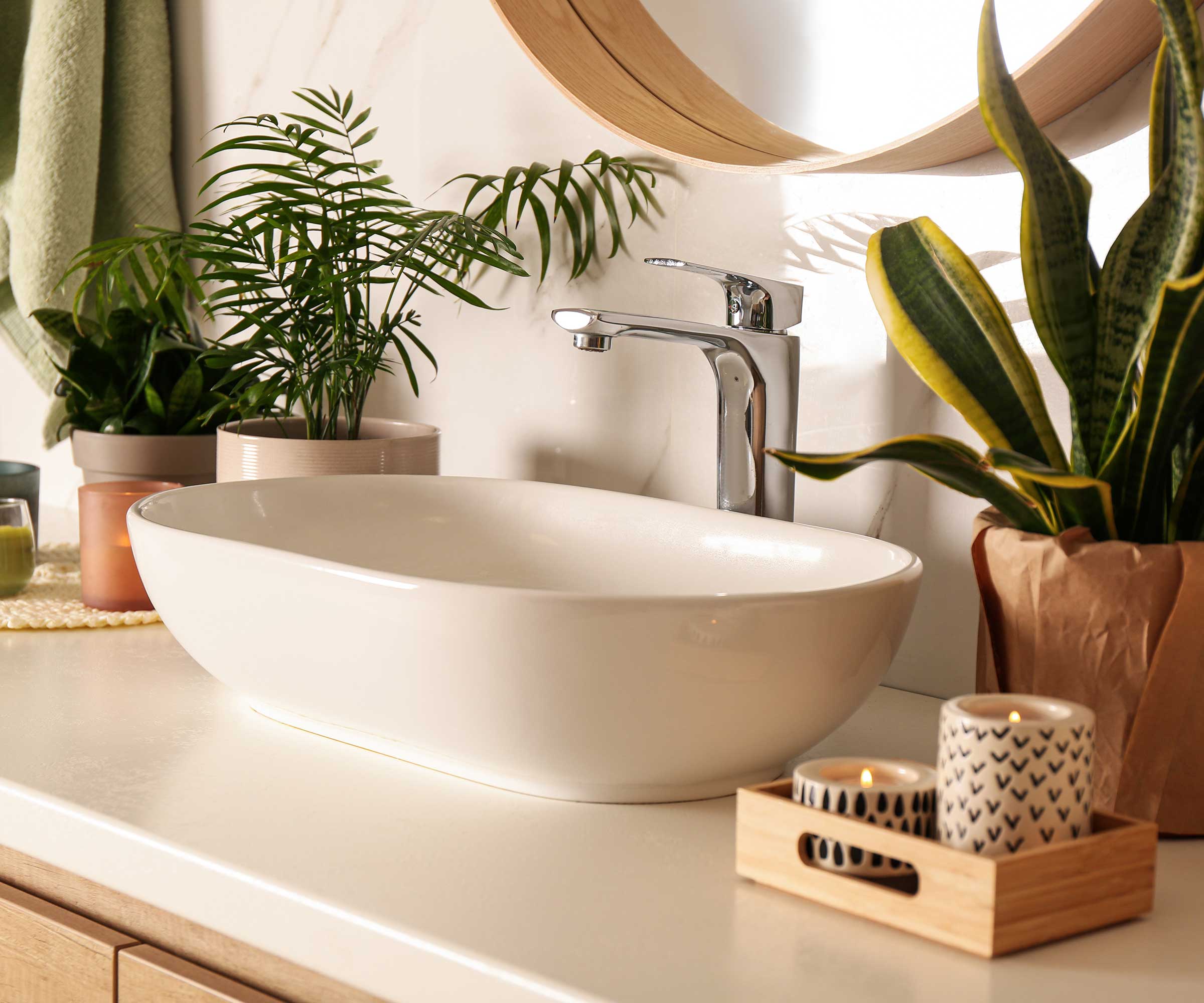
Protecting houseplants from air conditioning
Air conditioning is an absolute savior in some homes, keeping the temperature cool in the height of summer and cozy and warm in winter. Unsurprisingly, this too can harm houseplants – whether it's set to hot or cold – as points out Autumn Hilliard-Knapp, a plant expert from Perfect Plants Nursery.
Again, it can dehydrate plants and shock them with temperature fluctuations. So, the best thing you can do is move the plants safely away from any vents, take steps to keep humidity levels up, and adjust your watering routine accordingly.
Check the optimal temperature for your houseplants, too, and adjust the thermostat to suit. Most tropical plants prefer a temperature of around 70 to 80°F during the day and 65 to 70°F at night.
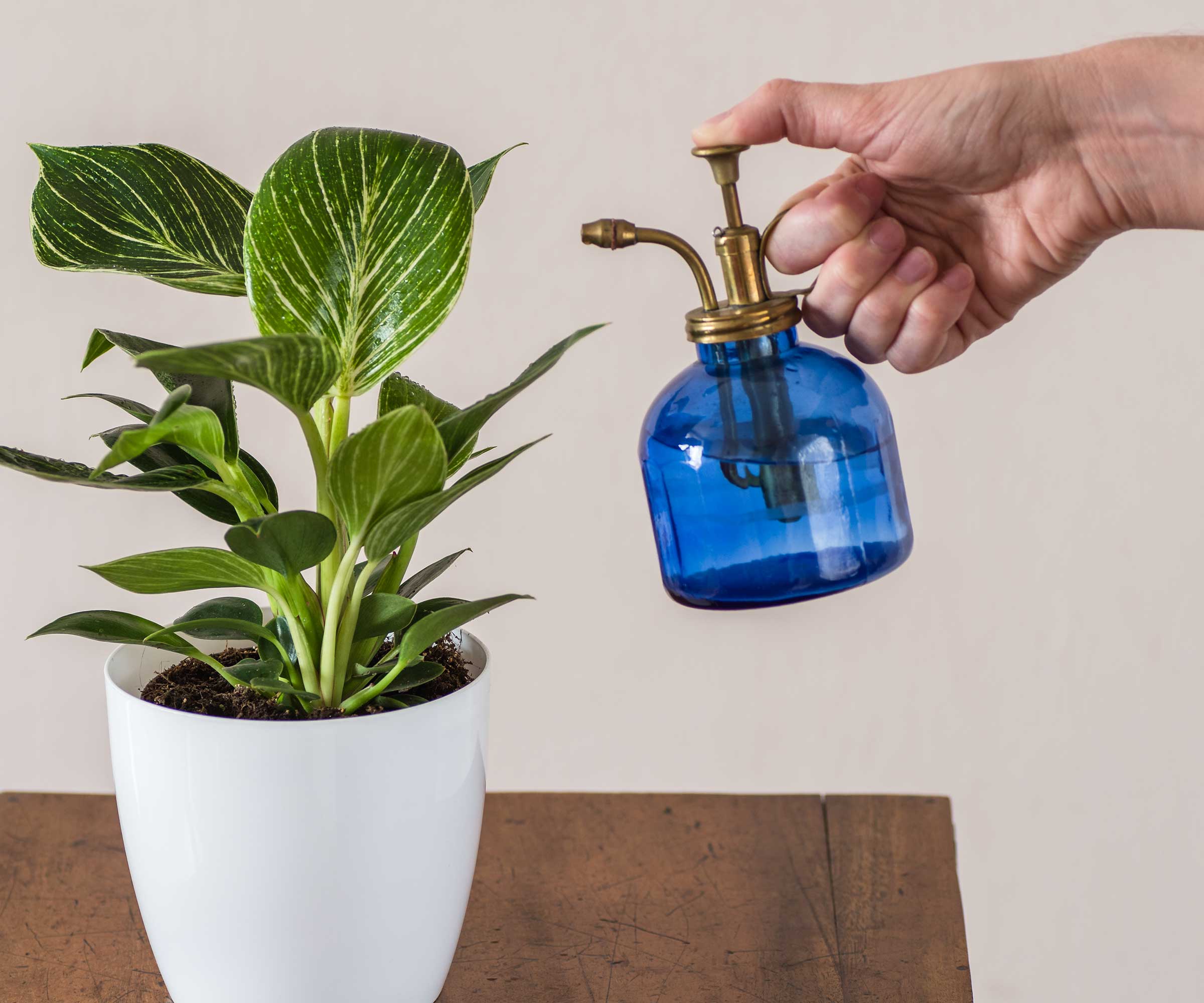
FAQs
How can I tell if my houseplants are getting too hot?
Dry, curling, or brown tips on your houseplants' leaves are common signs of overheating and lack of humidity. Plants affected can also turn yellow and drop their foliage or flower buds.
'Understanding the specific needs of each houseplant and adjusting care accordingly is crucial to their overall health and well-being,' says Autumn Hilliard-Knapp of Perfect Plants Nursery. 'I would suggest regularly inspecting your plants for signs of stress or damage and to make adjustments as needed to give them a suitable environment to grow and thrive in.'
Can houseplants get too cold?
Yes, houseplants should definitely be protected from cold temperatures. This means keeping them safely away from drafty doors and windows.
Note that windowsills can get very cold at night. If you close the curtains, be sure to keep your plants on the 'room' side as opposed to the side next to the glass.
Whether you're growing pothos, fiddle leaf figs, or a selection of succulents, these tips above will help them to continue brightening your home all winter long. Just remember to hold back on the fertilizing throughout the cooler season, too, as well as keeping an eye out for common houseplant pests.







